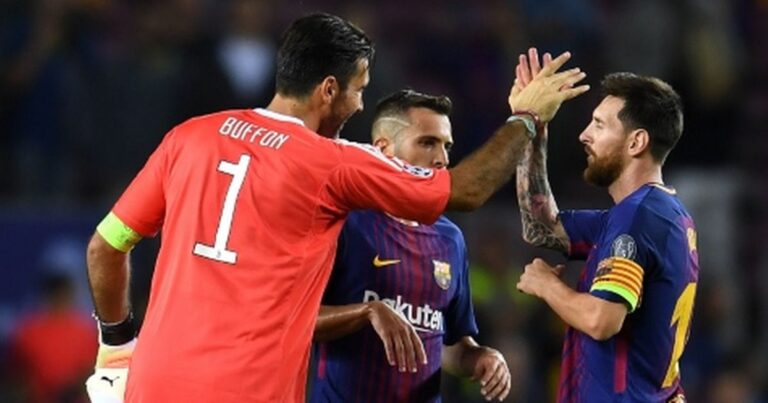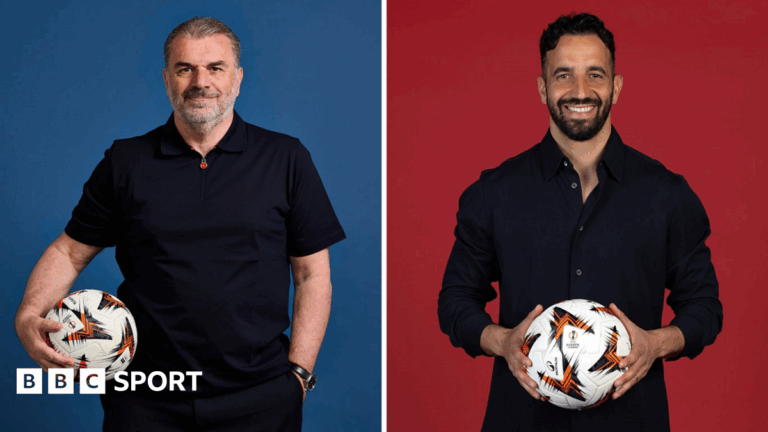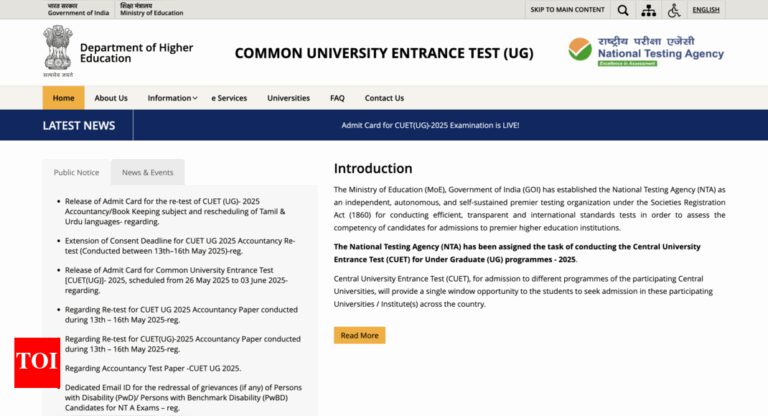Access Denied: Why Anaya Bangar’s Plea for Transgender Inclusion in Women’s Cricket Faces Obstacles
In recent discussions surrounding inclusivity in sports, Anaya Bangar, a transgender athlete, has made headlines with her bold statement regarding eligibility for women’s cricket. As the global sporting community strives for greater acceptance and inclusion, her approach to the International Cricket Council (ICC) and the Board of Control for Cricket in India (BCCI) reflects a rising demand for the fair treatment of transgender athletes. With growing conversations around equality in sports, this movement creates a pivotal moment in cricket’s evolution.
Anaya Bangar: The Voice for Transgender Athletes
Anaya Bangar, who has played an important role in advocating for transgender rights, aims to approach prominent cricket governing bodies to include transgender individuals in women’s cricket. This initiative is significant as it reflects a broader trend seen in many sports around the world to recognize and accommodate transgender athletes. Bangar’s statement, calling out the need for structural changes within traditional sporting frameworks, echoes the experiences of many who have faced hurdles due to outdated policies.
The Journey of Inclusion in Sports
The conversation about the inclusion of transgender athletes in sports is not entirely new. Many sports organizations have begun to recognize the significance of including all athletes, regardless of gender identity. However, challenges remain, particularly concerning the criteria for competing in women’s divisions. Key areas of debate include:
- Hormonal Guidelines: Many organizations require athletes to undergo hormone therapy for a specific duration before their competition eligibility in women’s divisions.
- Eligibility Regulations: The definition of gender and eligibility criteria often varies among different sports bodies, complicating matters for many transgender athletes.
- Public Perception: There is still significant social stigma around transgender athletes, leading to pushback from some sectors of society who claim unfair advantages may exist.
Despite these challenges, organizations like the International Olympic Committee (IOC) have made strides by issuing guidelines supporting the inclusion of transgender athletes, creating a precedent that could influence cricket’s governing bodies to adapt similar policies.
The Cricket Landscape and Potential Changes
Cricket, one of the world’s most popular sports, is not immune to the conversations surrounding inclusion. As more athletes and advocates like Bangar step forward, the cricketing landscape may have to evolve. Key factors shaping this possible inclusion include:
| Factor | Current Status | Potential Changes |
|---|---|---|
| Policies on Gender | Conventional binary categories exist. | Introduction of clear guidelines for transgender athletes. |
| Awareness Programs | Limited resources targeted at gender inclusivity within cricket. | Implementation of educational programs for players and officials. |
| Competitions | Separate men’s and women’s categories without current recognition of transgender athletes. | Possible introduction of an inclusive category or policy adjustments in existing categories. |
The Call to Action: What’s Next?
As Anaya Bangar prepares to approach the ICC and BCCI, her actions could serve as a catalyst for broader discussions about the future of gender inclusivity in cricket. Advocacy groups and supporters believe it’s crucial for stakeholders in cricket to:
- Engage in discussions with transgender athletes to understand their perspectives and challenges.
- Review existing eligibility criteria to ensure fairness while promoting inclusion.
- Foster an environment that encourages dialogue among players, officials, and fans about gender identity and inclusivity.
Moreover, sporting bodies must consider the implications of inaction. By failing to adapt to these changing times and embracing diversity within their ranks, cricket could risk losing relevance among younger, more progressive audiences who champion equality and representation in all forms.
Conclusion: Embracing Change
Anaya Bangar’s initiative shines a light on a critical issue that extends beyond the boundaries of cricket. As discussions around the inclusion of transgender athletes gain momentum, sports organizations must be prepared to make necessary changes to ensure that all athletes are afforded equal opportunities to pursue their passion. Inclusion in sports is not just a policy shift; it embodies a commitment to understanding, acceptance, and respect for every athlete’s journey. As Bangar steps forward, let us hope her voice inspires other athletes to advocate for their rightful place in the world of sports—and creates a future where everyone can play, regardless of gender identity.



